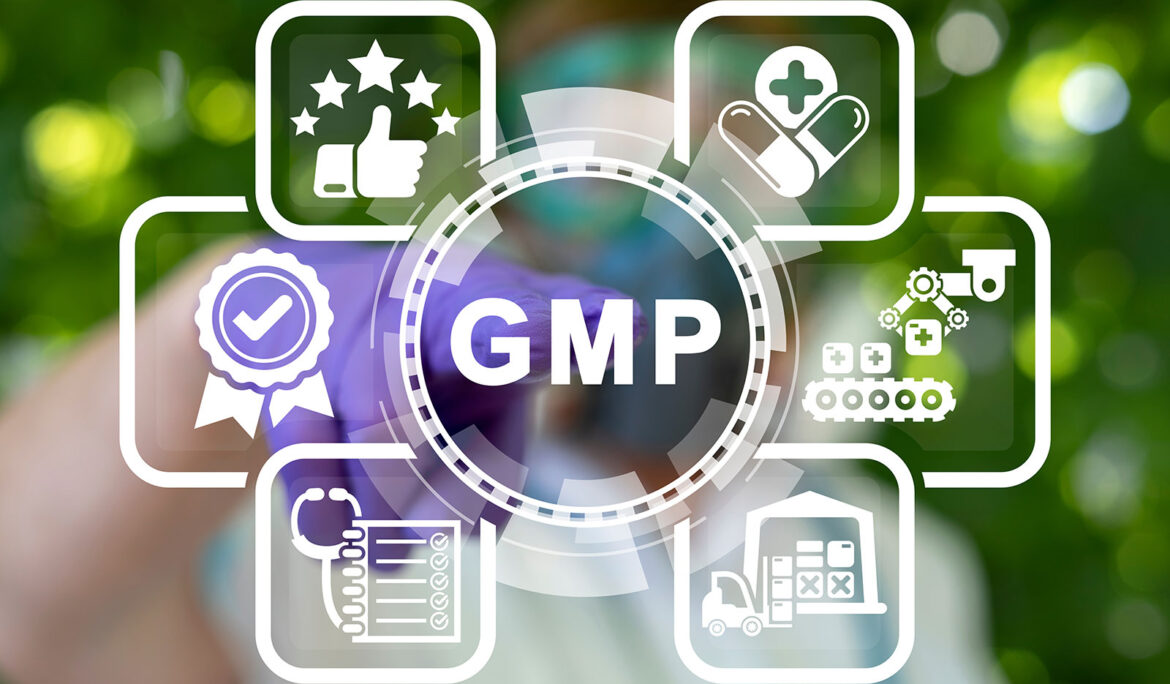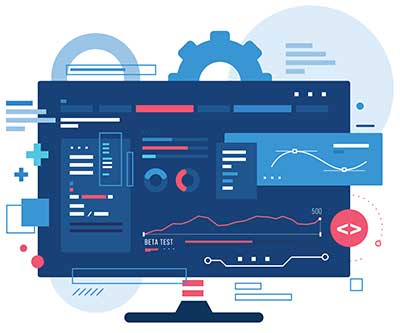Beyond Paper: Unlocking the Power of Electronic SOPs for GMP Compliance

In the highly regulated world of Good Manufacturing Practices (GMP), Standard Operating Procedures (SOPs) are the backbone of quality and compliance. Traditionally, these SOPs have existed in the physical realm of binders and paper documents. However, as technology advances, the question arises: Is it necessary for GMP companies to transition from paper-based SOPs to software solutions?
The Pros and Cons of Software for SOPs
Let’s delve into the advantages and disadvantages of implementing software for SOP management in GMP environments:
PROS
Enhanced Accessibility: Digital SOPs can be accessed from anywhere, anytime, on various devices, improving efficiency and collaboration.
Version Control and Change Management: Software systems track revisions, ensuring everyone works with the most up-to-date version and providing a clear audit trail.
Reduced Errors: Automated workflows and electronic signatures minimize the risk of human error and ensure adherence to processes.
Improved Training: Interactive training modules and quizzes can be integrated into the software, making training more engaging and effective.
Data Analytics: Software can track SOP usage and compliance, providing valuable insights for continuous improvement.
CONS
Initial Investment: Implementing software requires upfront costs for licensing, customization, and training.
Validation and Compliance: Software systems must be validated to ensure they meet regulatory requirements, which can be a time-consuming process.
Change Management: Transitioning from paper to electronic SOPs can be a significant change for employees, requiring careful planning and communication.
Technical Challenges: Technical issues such as software glitches or downtime can disrupt operations if not properly managed.
Finding the Right Fit
Choosing the right software solution can be daunting. Factors to consider include:
Compliance: Ensure the software aligns with GMP requirements and provides the necessary documentation for audits.
Customization: The system should be flexible enough to adapt to your organization’s specific workflows and processes.
User-Friendliness: Intuitive interfaces and easy navigation are essential for user adoption and efficiency.
Scalability: The software should be able to grow and evolve alongside your organization’s needs.
Vendor Support: Reliable technical support and training are crucial for a smooth implementation and ongoing use.
Is the Transition Necessary?
While paper SOPs have served GMP companies well in the past, the benefits of software solutions are becoming increasingly evident. Improved accessibility, error reduction, and streamlined compliance are just a few of the advantages that can drive operational efficiency and quality.
If your organization is committed to continuous improvement and staying ahead of the curve, transitioning to electronic SOPs is a strategic move worth considering. By carefully evaluating your needs, selecting the right software, and planning a well-structured implementation, you can unlock the full potential of digital SOP management and elevate your GMP compliance to new heights.



